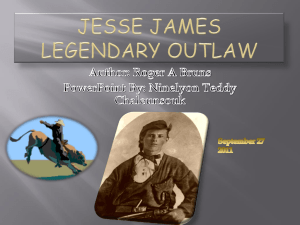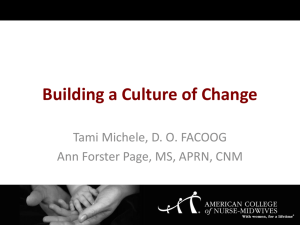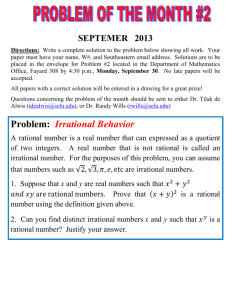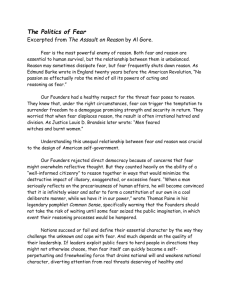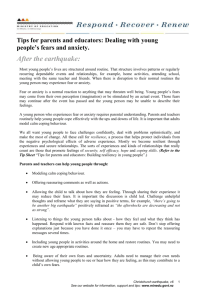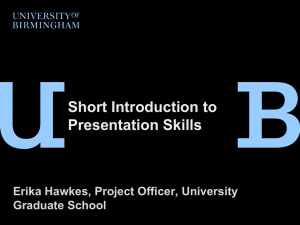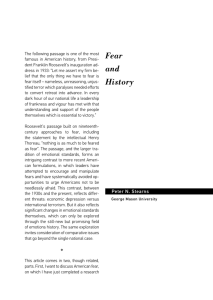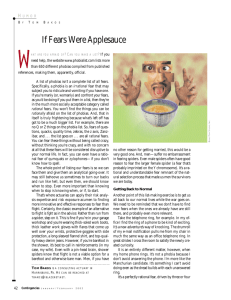“Stephen King on Fear” – A Personal Essay
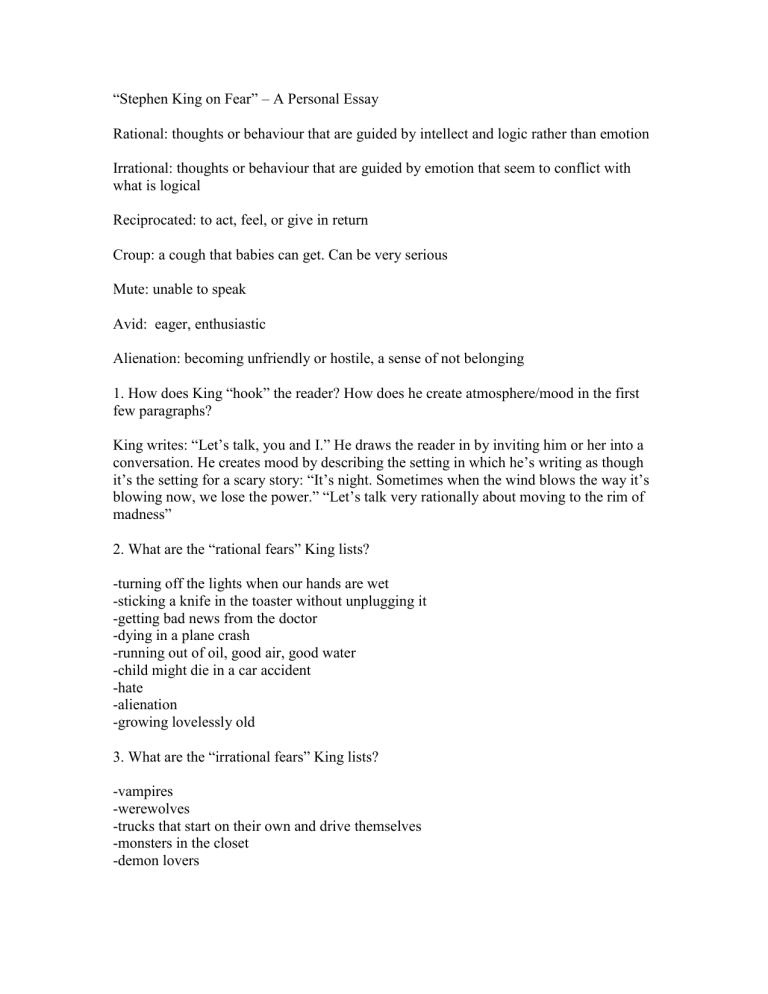
“Stephen King on Fear” – A Personal Essay
Rational: thoughts or behaviour that are guided by intellect and logic rather than emotion
Irrational: thoughts or behaviour that are guided by emotion that seem to conflict with what is logical
Reciprocated: to act, feel, or give in return
Croup: a cough that babies can get. Can be very serious
Mute: unable to speak
Avid: eager, enthusiastic
Alienation: becoming unfriendly or hostile, a sense of not belonging
1. How does King “hook” the reader? How does he create atmosphere/mood in the first few paragraphs?
King writes: “Let’s talk, you and I.” He draws the reader in by inviting him or her into a conversation. He creates mood by describing the setting in which he’s writing as though it’s the setting for a scary story: “It’s night. Sometimes when the wind blows the way it’s blowing now, we lose the power.” “Let’s talk very rationally about moving to the rim of madness”
2. What are the “rational fears” King lists?
-turning off the lights when our hands are wet
-sticking a knife in the toaster without unplugging it
-getting bad news from the doctor
-dying in a plane crash
-running out of oil, good air, good water
-child might die in a car accident
-hate
-alienation
-growing lovelessly old
3. What are the “irrational fears” King lists?
-vampires
-werewolves
-trucks that start on their own and drive themselves
-monsters in the closet
-demon lovers
4. What is his purpose in inviting the reader to compare these types of fears?
He does this to show the difference between the types of fears that horror writers write about and the types of fears we experience in everyday life.
5. How do children learn fear according to King?
They learn from their parents. When children discover a parent won’t always be there when they cry, or that they can’t always help even if they are there. And they learn from seeing the expression on a parent’s face when they do something dangerous.
6. Why do we like horror stories according to King.
They allow us to exchange our rational fears—the ones we don’t have solutions to—for irrational fears—the ones we do have solutions for. Once the story is done we feel like we’ve dealt with a fear, even if it isn’t what’s really scaring us.
7. Find two interesting metaphors and explain why King uses them.
Fable about the seven blind men and the elephant: The elephant represents the source of fear that makes us blind. We are unable to understand fear on our own. The blindness represents the absence of rational thought. When the men get together in the fable, they are able to understand what they are touching in the same way we get a better understanding of our fear if we talk about it and deal with it.
Welsh sin eater: The sin eater is supposed to take away the sins of the dying person by eating his food. King compares the horror writer to the sin eater. He allows you to substitute one of your fears (the ones you can’t deal with) with one of his (the ones you can deal with).
8. King’s thesis: People enjoy reading horror stories because they allow them to deal with their real-life, rational fears in a manageable if temporary way.
9. Audience: Fairly general audience because he writes in a conversational way. Probably also people who are familiar with his writing because he references subjects from some of his most famous stories.
